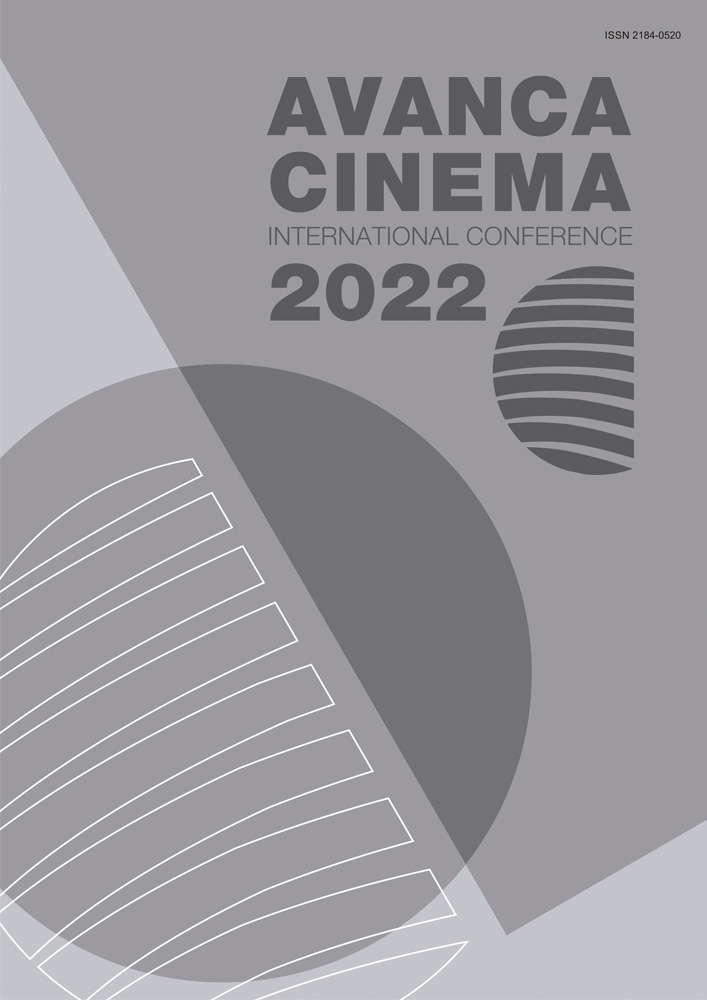Chapter I _ Cinema - Art
Crisis and literary adaptation: the case of the movie (The necklace and the bracelet 1986) of the Egyptian filmmaker Khairy Beshara
Abstract
Based on a solid industry dating back to the early 1930s, Egyptian cinema used literary adaptation at that time as a model for cultural transfer (Serceau 1999, 176) to promote contemporary socio-cultural values. The literary adaptation have allowed the Egyptian cinema to impose the credibility of its stories and to reinvent itself despite a delicate geopolitical context. However, during the 1980s, Egypt and Egyptian productions suffered from the consequences of Sadat’s economic liberalism. A commercial cinema financed by foreign capital based on comedy or farce and intended to meet the needs of new consumption trends invades the market and the influence of literature on Egyptian cinema diminishes considerably.
In contrast to the vast majority of the movies of the 1980s, Khairy Beshara’s movie (The Necklace and the Bracelet 1986) revives the tradition of literary adaptation (based on the novel by Yehya Taher Abdallah) and constitutes a unique experience which puts the spotlight on a realism pushed to the extreme. How could the director, in the words of Marie-Claire Ropars-Wuilleumier, “retrace the shape of the narrative, fill its gaps, nuance its lines and deconstruct its unity” to be able to transcribe the floating of individuals or even a nation and the plural crisis it faces? Through an analysis of the narration, the thematic choices and the principles of writing and reappropriation adopted by the filmmaker, we will try to find some answers to this question.

This work is licensed under a Creative Commons Attribution 4.0 International License.

